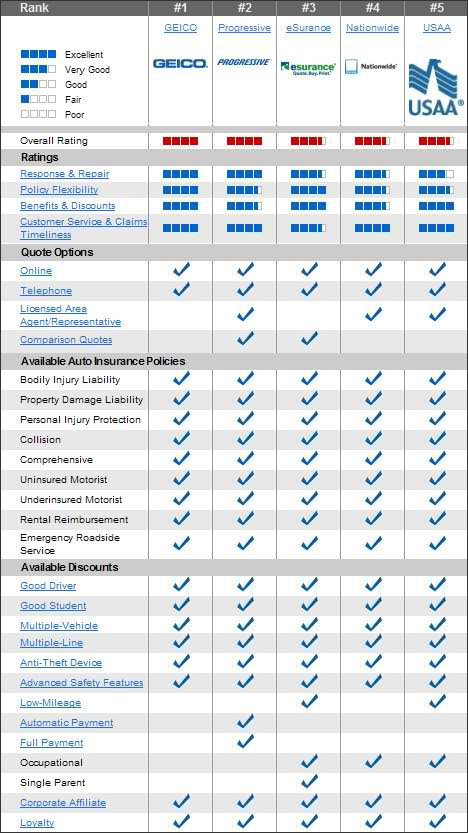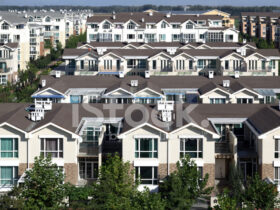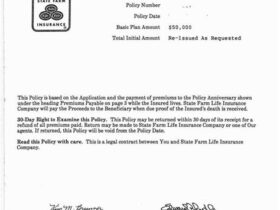Homeowners insurance is a crucial safeguard for your most valuable asset: your home. A key component of this insurance is the premium, which is the regular payment you make to keep your coverage active. Understanding what a homeowners insurance premium is, how it’s calculated, and what factors influence its cost is essential for making informed decisions about protecting your property. This guide will break down the complexities of homeowners insurance premiums in the US, helping you navigate the market and find the best coverage at a price that fits your budget.
What is a Homeowners Insurance Premium?
A homeowners insurance premium is the amount of money you pay to your insurance company in exchange for coverage. This payment is typically made monthly, quarterly, or annually. Think of it as the price you pay for peace of mind, knowing that your home and belongings are financially protected against various risks, such as fire, theft, vandalism, and certain natural disasters. The premium amount is determined by the insurance company based on a variety of factors related to your property, location, and personal circumstances. It’s important to remember that the premium is not a fixed cost; it can fluctuate based on changes in these factors or adjustments in the insurance market.
Factors Influencing Your Homeowners Insurance Premium

Several key factors influence the cost of your homeowners insurance premium. Understanding these factors can help you anticipate potential costs and take steps to potentially lower your premium.
Location, Location, Location: Your home’s location plays a significant role in determining your premium. Insurers assess the risk associated with your area, considering factors like crime rates, susceptibility to natural disasters (hurricanes, tornadoes, wildfires), and proximity to fire services. Areas with higher crime rates or a greater risk of natural disasters generally have higher premiums.
Coverage Amount: The amount of coverage you need directly impacts your premium. Higher coverage limits, especially for your dwelling and personal property, will result in a higher premium. It’s important to accurately assess the replacement cost of your home and the value of your belongings to ensure you have adequate coverage without overpaying.
Deductible: The deductible is the amount you pay out-of-pocket before your insurance coverage kicks in. Choosing a higher deductible typically lowers your premium, as you’re assuming more of the financial risk. However, ensure you can comfortably afford the deductible in case of a claim.
Home Characteristics: The age, construction type, and materials of your home significantly impact your premium. Older homes, especially those with outdated plumbing or electrical systems, may have higher premiums due to the increased risk of problems. Similarly, homes with certain building materials, such as wood frames in wildfire-prone areas, may face higher costs. Roof type and age also play a part.
Claims History: Your history of making insurance claims affects your premium. If you have a history of frequent or costly claims, insurers may view you as a higher risk and charge a higher premium. Maintaining a clean claims history is one of the best ways to keep your insurance costs down.
Credit Score: In many states, insurance companies use your credit score as a factor in determining your premium. A lower credit score may indicate a higher risk of filing a claim, leading to a higher premium. Improving your credit score can potentially lead to lower insurance costs.
Security Features: Installing security features like burglar alarms, smoke detectors, and smart home systems can lower your premium. These features reduce the risk of theft and damage, making your home more attractive to insurers.
Swimming Pools and Other Hazards: Having a swimming pool, trampoline, or other potentially hazardous features on your property can increase your premium due to the increased risk of accidents and injuries.
How to Lower Your Homeowners Insurance Premium

While some factors influencing your premium are beyond your control, there are several steps you can take to potentially lower your costs:
- Shop Around: Compare quotes from multiple insurance companies to find the best rates. Premiums can vary significantly between insurers, so it pays to shop around.
- Increase Your Deductible: Opting for a higher deductible can significantly lower your premium.
- Improve Home Security: Install security features like burglar alarms, smoke detectors, and reinforced doors and windows.
- Bundle Your Insurance: Many insurers offer discounts if you bundle your homeowners insurance with other policies, such as auto insurance.
- Maintain a Good Credit Score: Improving your credit score can lead to lower insurance premiums.
- Review Your Coverage Annually: Regularly review your coverage to ensure it aligns with your needs and that you’re not paying for unnecessary coverage.
- Pay Annually: Paying your premium annually instead of monthly may sometimes result in a small discount.
Understanding Coverage and Replacement Cost

It’s crucial to understand what your homeowners insurance policy covers and to ensure you have adequate coverage. Buildings insurance typically covers the cost of rebuilding your home if it’s damaged or destroyed by a covered peril. It’s essential to accurately calculate the rebuild cost, which is not the same as your home’s market value. The rebuild cost is the amount it would take to reconstruct your home using current materials and labor costs. Contents insurance covers your personal belongings, such as furniture, electronics, and clothing. Take inventory of your belongings and estimate their replacement cost to ensure you have sufficient coverage. Underinsuring your home or contents can leave you financially vulnerable in case of a loss.
The Impact of Climate Change on Homeowners Insurance Premiums

Climate change is increasingly impacting homeowners insurance premiums across the United States. As extreme weather events like hurricanes, wildfires, and floods become more frequent and severe, insurers are facing higher payouts for claims. This, in turn, leads to higher premiums for homeowners, particularly in areas prone to these disasters. Some insurers are even withdrawing coverage from high-risk areas, making it more difficult and expensive for homeowners to obtain insurance. It’s essential to be aware of the climate-related risks in your area and to consider taking steps to mitigate those risks, such as reinforcing your home against wind damage or investing in flood protection measures. These measures can not only protect your property but also potentially lower your insurance premiums.
Conclusion
Understanding your homeowners insurance premium is key to protecting your home and finances. By understanding the factors that influence your premium, exploring ways to lower your costs, and ensuring you have adequate coverage, you can make informed decisions and safeguard your most valuable asset. Remember to shop around, compare quotes, and regularly review your policy to ensure it continues to meet your needs.





Leave a Reply